RACLETTE: THE BEST MEAL YOU’VE NEVER HEARD OF
Not fondue…the other Swiss meal with the French name—raclette.
In the United States, nearly everyone is familiar with cheese fondue, but very few people know about raclette. And yet, it is said to be more popular in its native country than fondue.
So what is raclette? It refers to both the popular Swiss meal and the cheese that is at the center of that meal. Pronounced rah-KLET, it comes from the French word, racler, which means “to scrape.” In its most basic form, it is just melted cheese served with boiled potatoes (fingerling or new), cornichons (small pickled cucumbers), pickled onions, and some bread.
The Canton de Valais, one of 26 districts in Switzerland, is in the heart of the Alps—home of the Matterhorn (4478 m / 14691.6 ft.)–and is where raclette is said to have originated. It lies in the southwestern corner of Switzerland, bordering France and Italy. Both French and German are spoken in this canton (although it would not be uncommon to hear Italian as well).
Raclette was first called “Bratchäs,” a German word for “roasted cheese” or the French equivalent, “fromage roti.” It was not until the beginning of the 20th century, when the melted cheese was served at a 1909 Canton de Valais exhibition of regional wines, that the cheese and the meal were christened “raclette.”
The cheese is semi-firm and made from pasteurized cow’s milk. (Legislation in Switzerland now requires all cheeses to be made with pasteurized milk.) The distinctive flavor of… raclette cheese is said to come from the herbs that the cows graze on in the mountains of the Canton de Valais. The texture is creamy and buttery—it is required to have at least 45 grams of fat per 100 grams of cheese. It is, of course, made in Switzerland but also in France and now in Germany, Austria, the U.S., and Australia as well.
Today, raclette, the meal, adheres to its roots as a simple dish. However, it is now likely that your melted cheese will be served with more than potatoes, cornichons, pickled onions, and bread! A charcuterie and vegetables almost always accompany the original meal. At our table, it is a veritable feast of accompaniments!
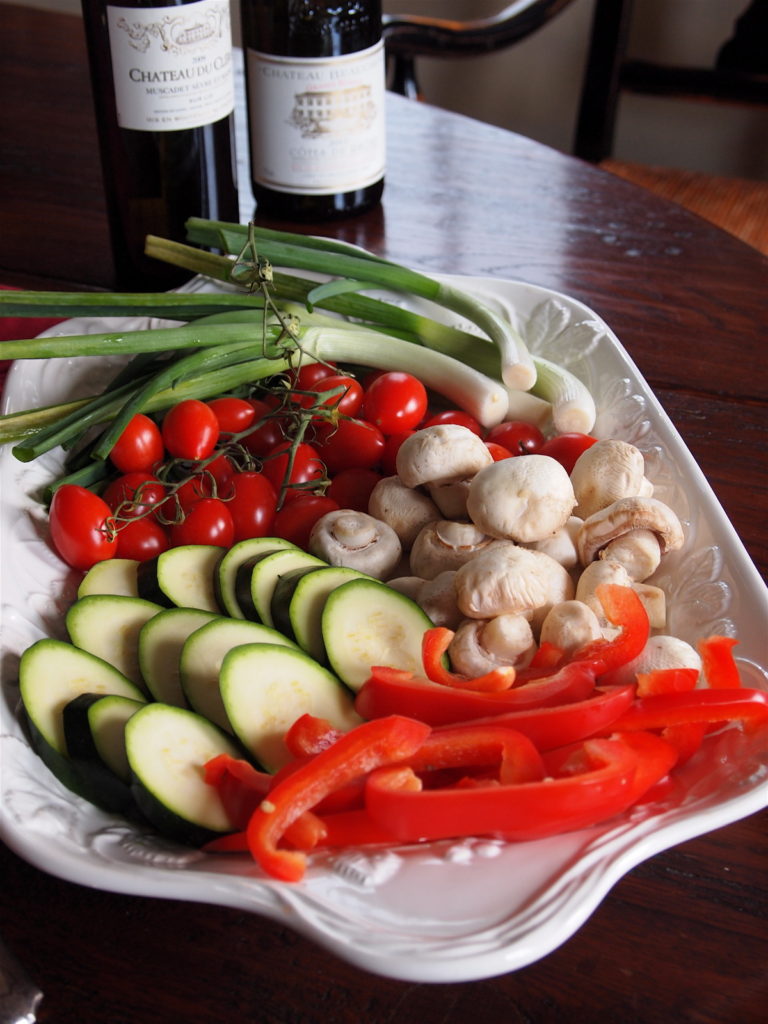
I usually serve several platters of vegetables that may include slivers of red peppers, quartered artichoke hearts and mushrooms, sliced zucchini, cherry tomatoes, scallions, hot peppers, broccoli, baby corn cobs, asparagus, and hearts of palm. Depending on your taste preferences, marinate, pan fry, or serve these accompaniments raw. The potatoes can be served whole or sliced. A simple green salad and baguette are the only other obligatory items although (cooked) shrimp often finds its way on to our table (to the audible pleasure of our guests).
In Switzerland, a Swiss Fendant wine (made from Chasselas grapes) is often paired with raclette. You are also very likely to be offered hot tea or beer. Very cold beverages are not traditionally served as they are thought to disrupt digestion.
In Portsmouth, Dave Campbell, proprietor of Ceres Street Wine Merchants, suggests a simple white wine with some acidity. The 2009 Château du Cléray Muscadet that he selected was perfect. At Portsmouth’s South Street and Vine, proprietor Win recommended a Côtes du Rhone from Chateau Beauchêne. It is a lovely white wine that also complemented the cheese perfectly and was an interesting recommendation because the Rhone River flows through the Canton de Valais, where raclette originated, and continues on into to France and south into Provence’s Côtes du Rhone where the wine is produced.
To enjoy raclette, you no longer have to build a camp fire and scrape your cheese off a hot rock. Raclette grills for the home are now widely available. There are two basic types.
We were introduced to raclette in Interlaken, Switzerland, a small but busy town, used as a springboard for the surrounding Alpine destinations of unparalleled beauty. We were there to meet family friends—young brother and sister, Breana and Dustin from California who were traveling abroad for a month—and to do some hiking around Grimmelwald. After a tiring—but exhilarating—day of walking and taking in the glory of the Alps and with temperatures dropping precipitously low, we felt like a meal that would stick to our ribs. Fondue! We chose a restaurant known for this well-known dish; but, once there, we became so intrigued with the waiter’s description of raclette—and never having heard of it before then coupled with being voraciously hungry—we ordered both. It was the raclette that we all enjoyed the most!
When we returned to Provence, we found raclette in a restaurant called L’Aïgo Blanco in Forcalquier, about 45 minutes from Lourmarin, the charming village we have long used as our “base camp.” I know it is available in near-by Aix-en-Provence and Marseille, too.
Raclette is a very social meal: lots of passing of platters and, as I suggested above, a lot of affable jostling for grilling space. It is always fun—and easy—to invite a crowd to the house for raclette. Good thing, because it is very hard to find a restaurant that serves this dish outside of Switzerland and France.


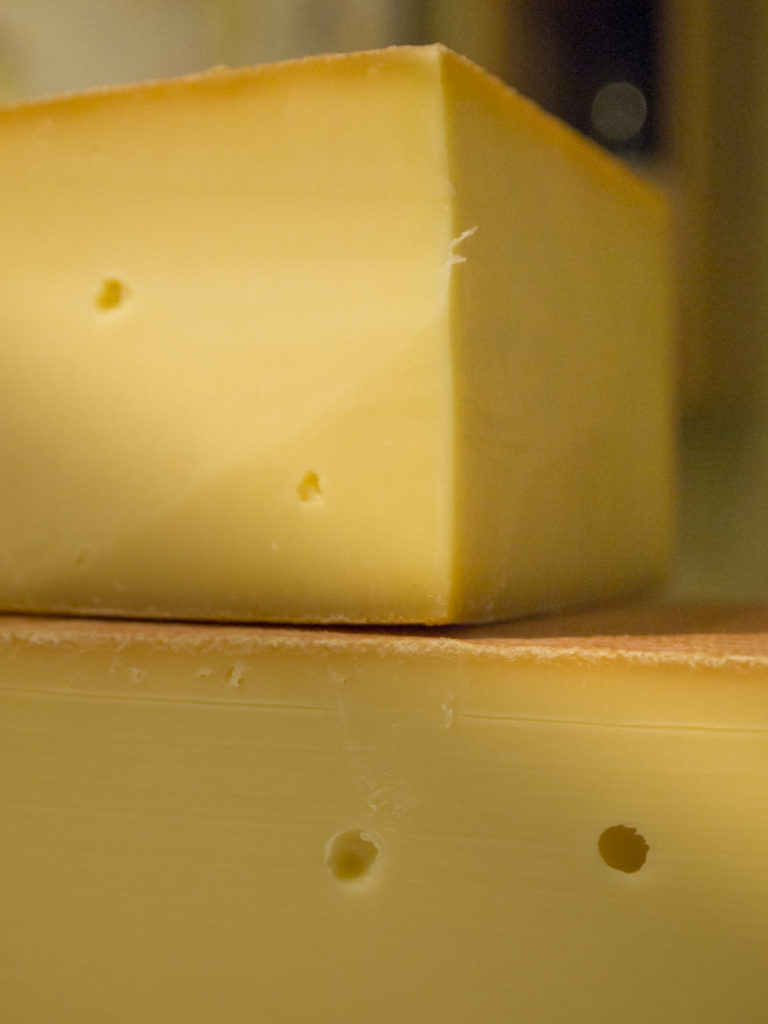
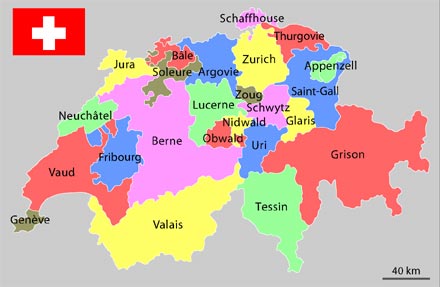
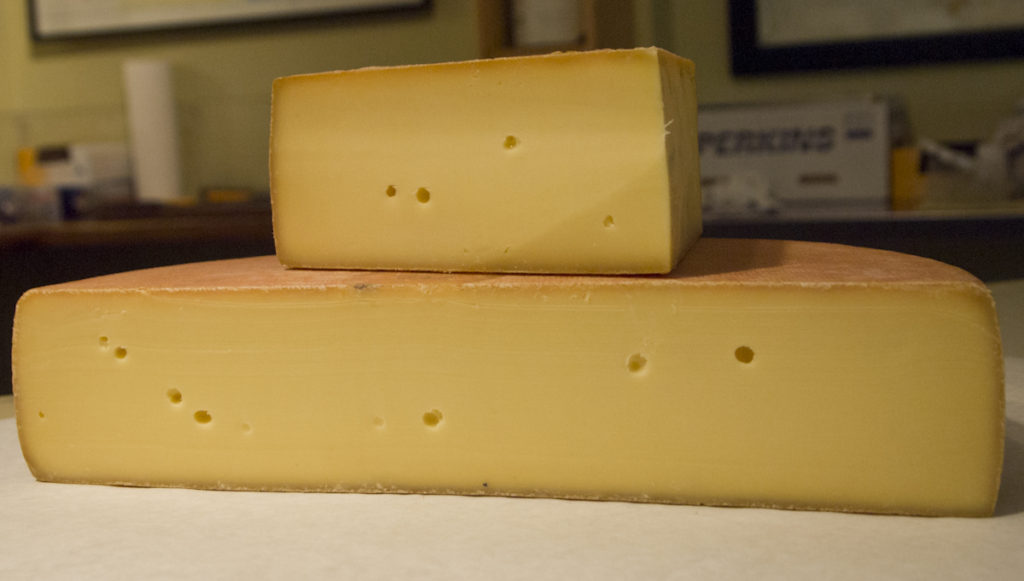
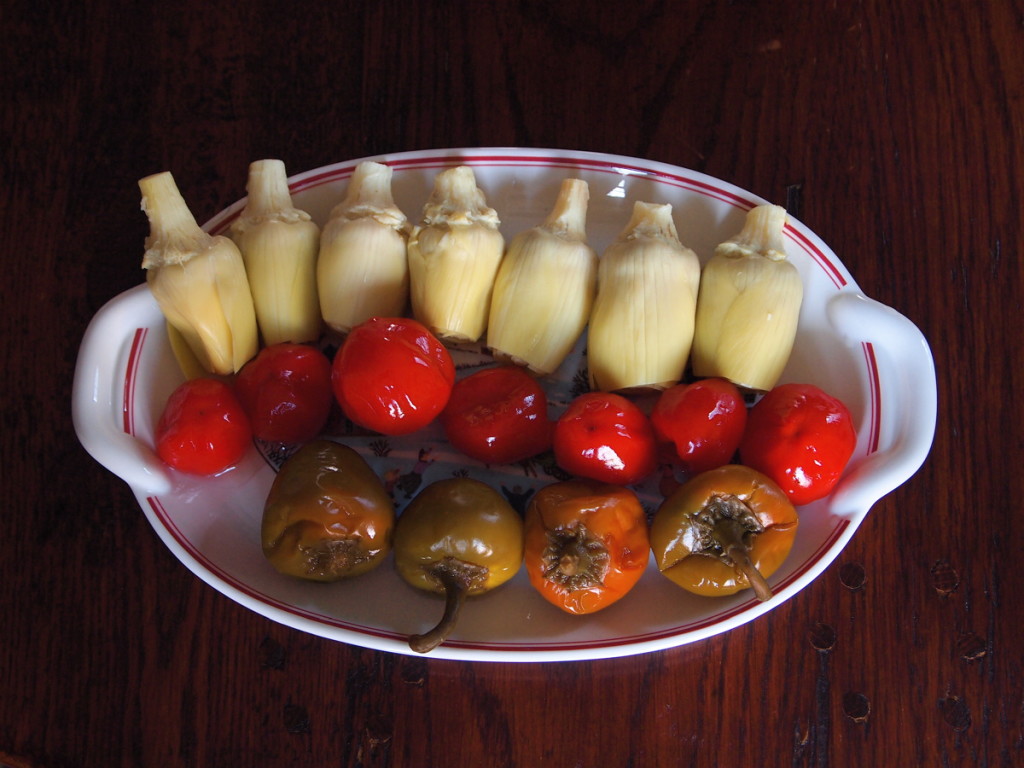
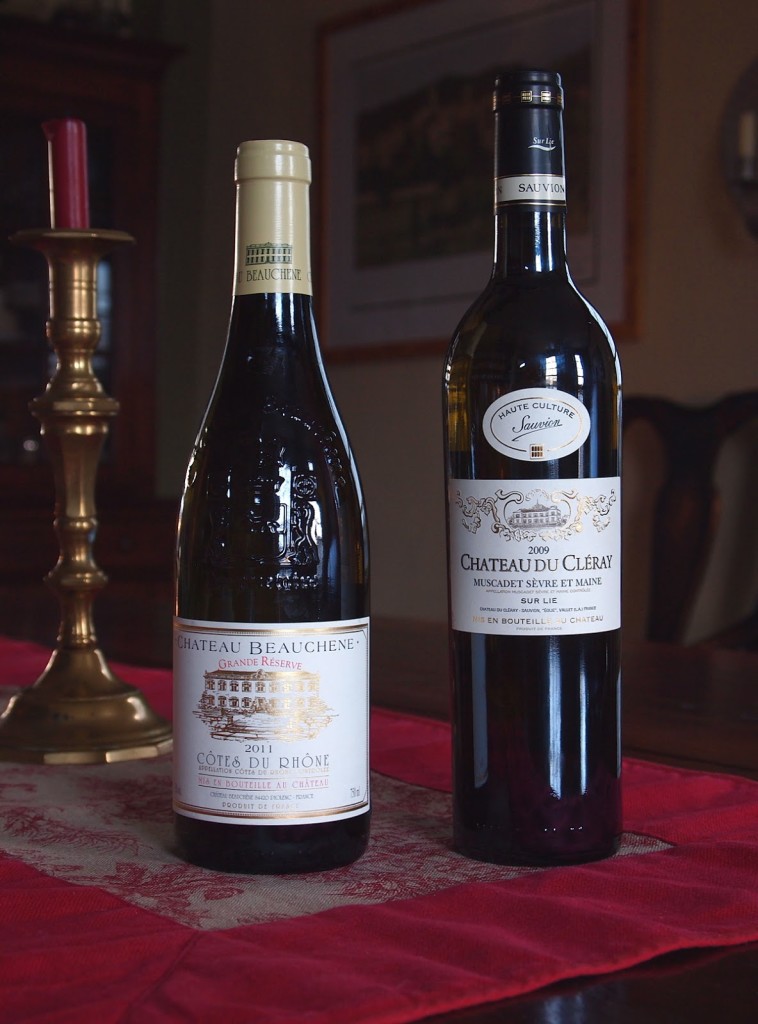
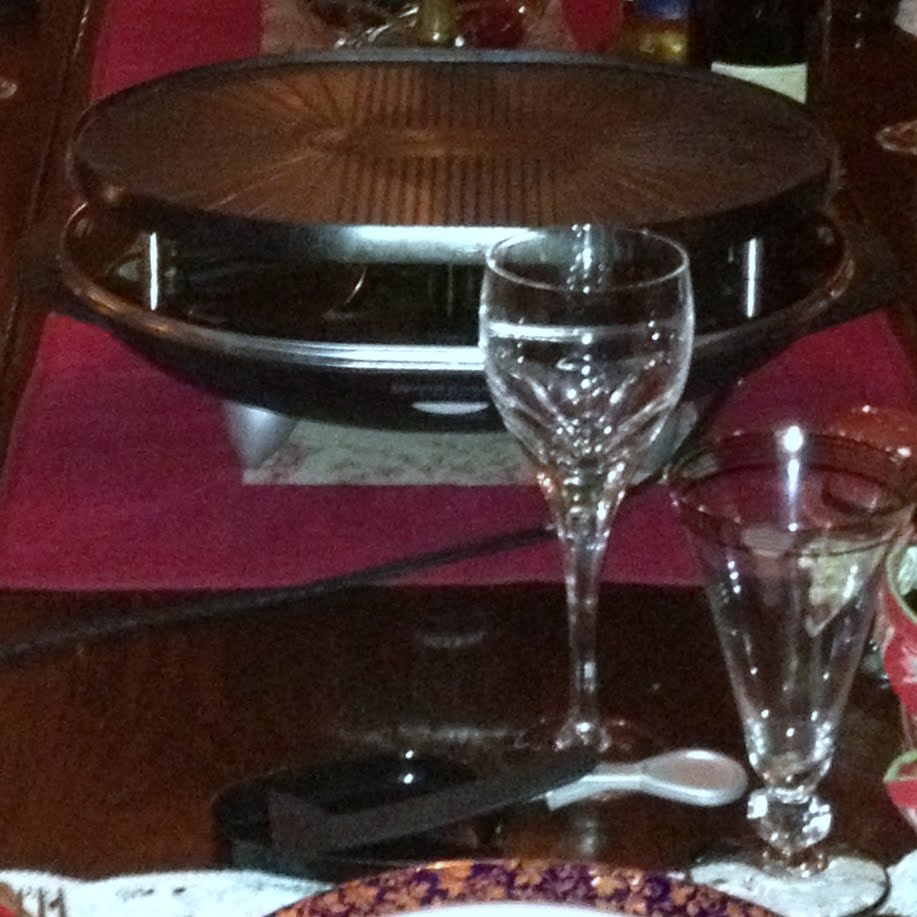
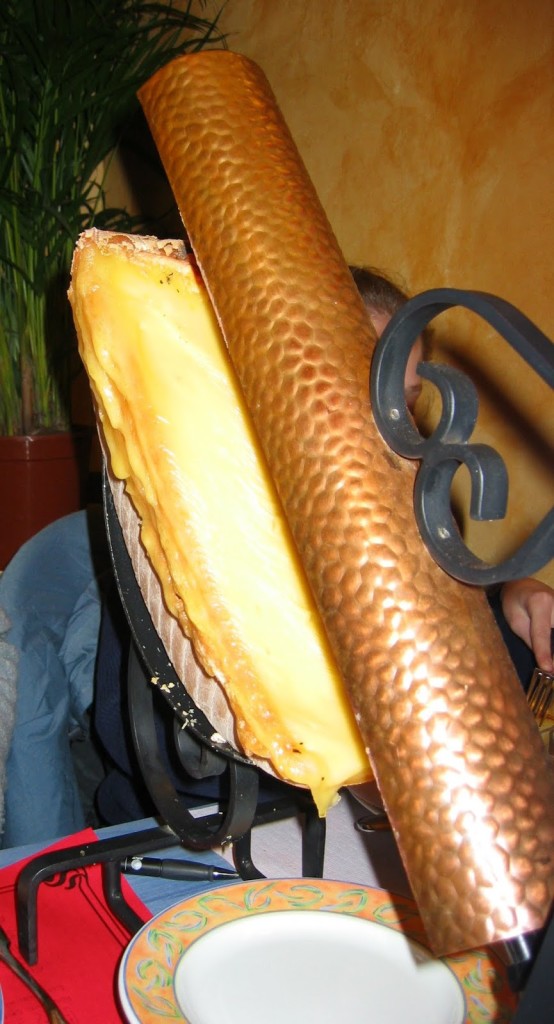
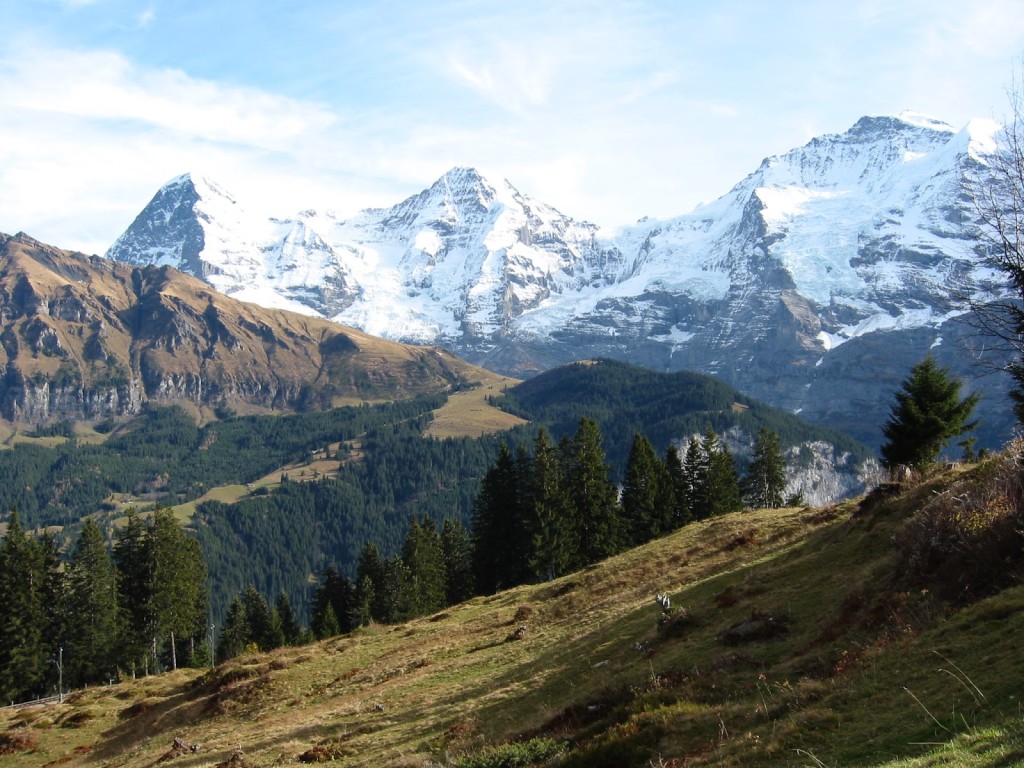

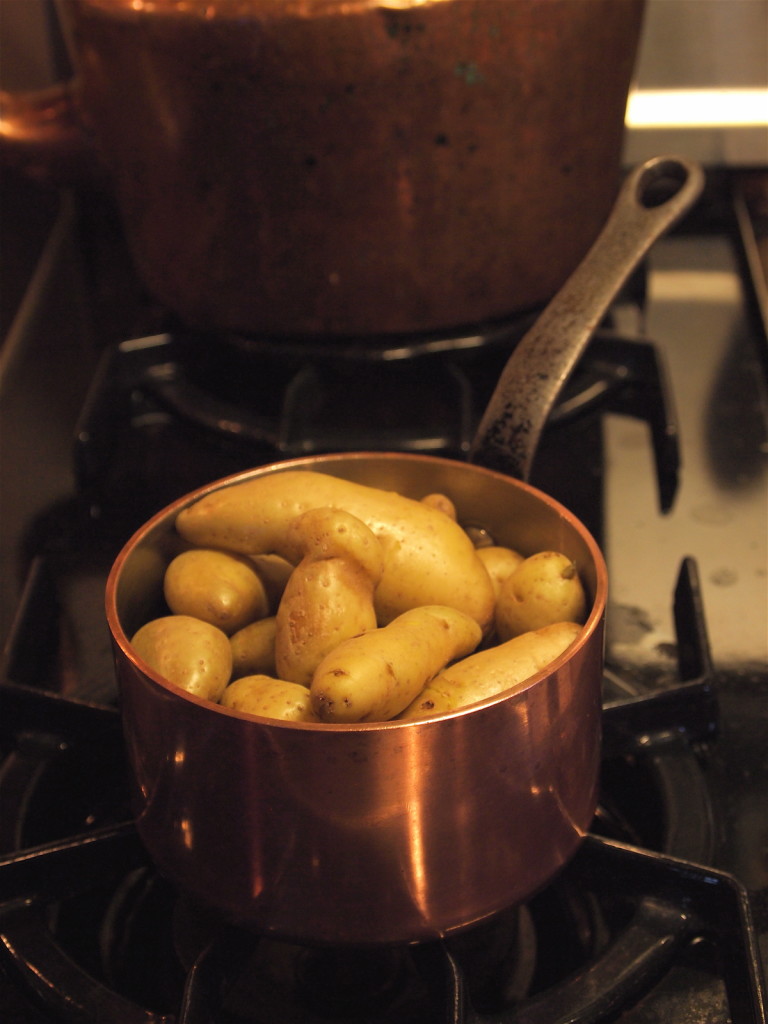
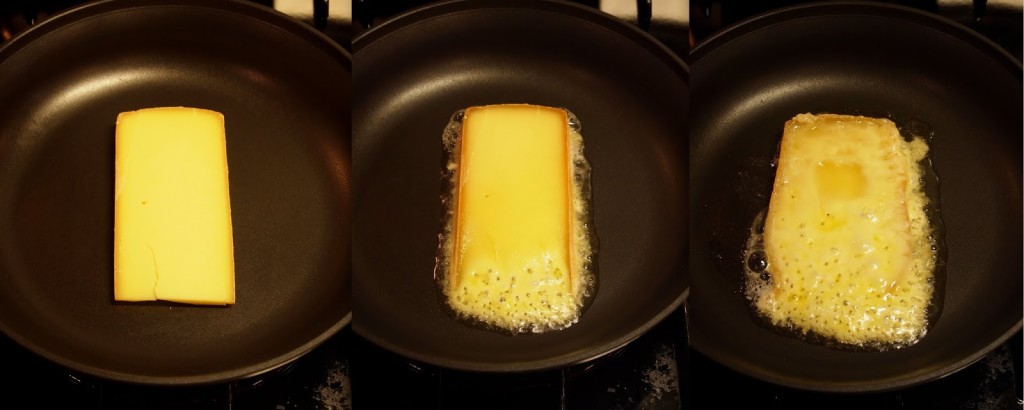
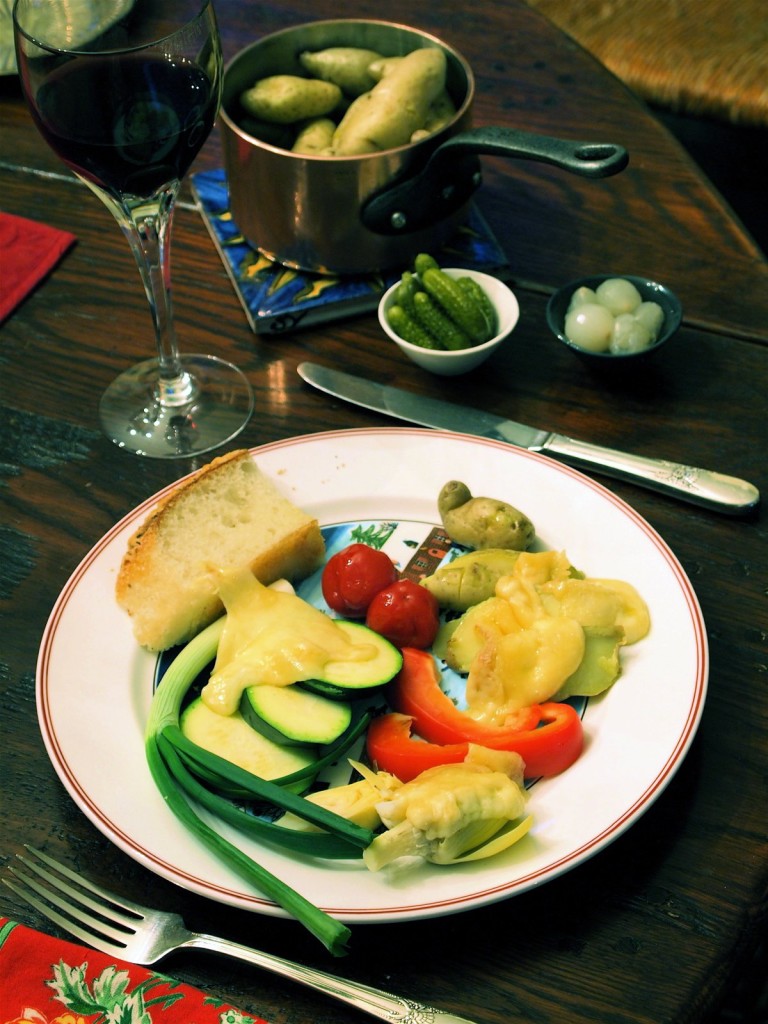
A good meal to have in chilly Provence. We've had snow too!
Thanks for the nice post. I think I may pick up a wedge of raclette at the market this week– maybe from the handsome cheese man in cucuron! (Wink, wink)
P.
I have had the pleasure of enjoying a raclette dinner while in Portsmouth. There is nothing like it. Trying to describe how delicious it is would be impossible. The fun of the dinner and the comradely of the guests far surpasses any ordinary meal.
I highly recommend purching a raclette machine. You'll
continued from above–you'll find you have new friends begging to get an invitation to a great experience!
We had our only raclette in Québec City on a cold, autumn day. Loved it! May need to research a raclette grill for Tucson! ~ David
hi, which restaurant in Interlaken did you enjoyed Raclette?
Do share.
la.
It's so fun to hear from someone who actually uses a Raclette grill. My husband and I were first introduced to Raclette at a Swiss restaurant in our hotel in Ecuador while visiting an American school abroad. We were there with your Aunt and Uncle at the time and we very much enjoyed the beautifully appointed restaurant, the company and the Raclette meal. We tried to relive the experience at home with our family and our own Raclette grill unfortunately our family was less than impressed. The grill has been nested in it's storage space ever since. You may have inspired me to dust the box off and bring it back out. A lovely read as usual Susan.